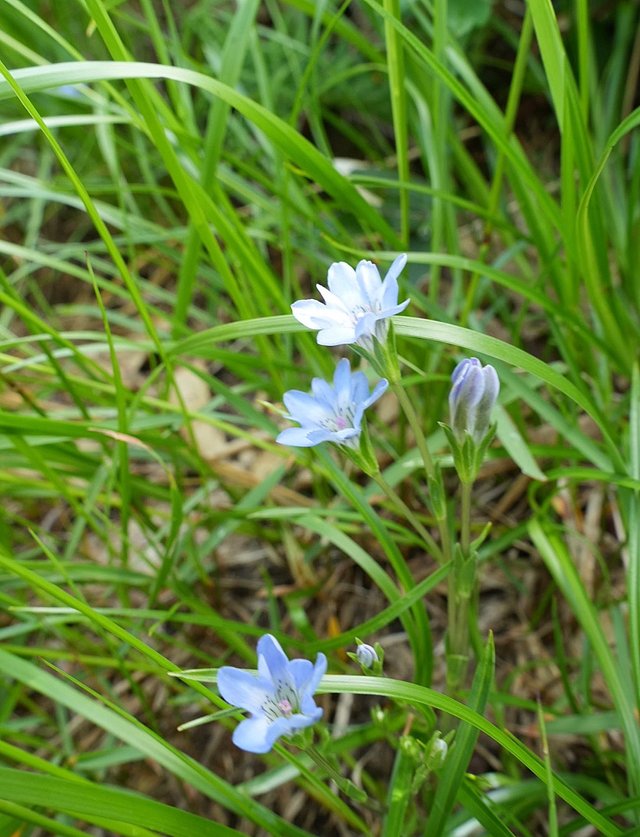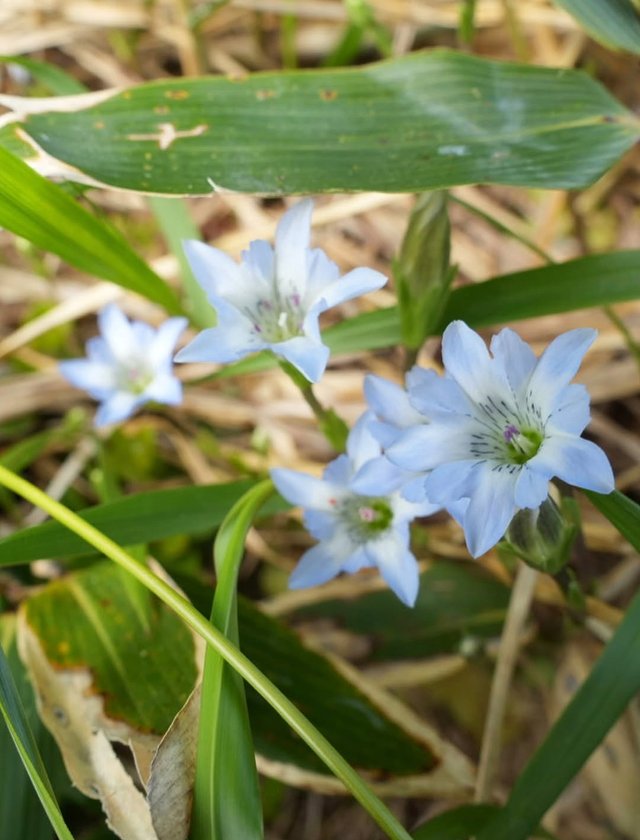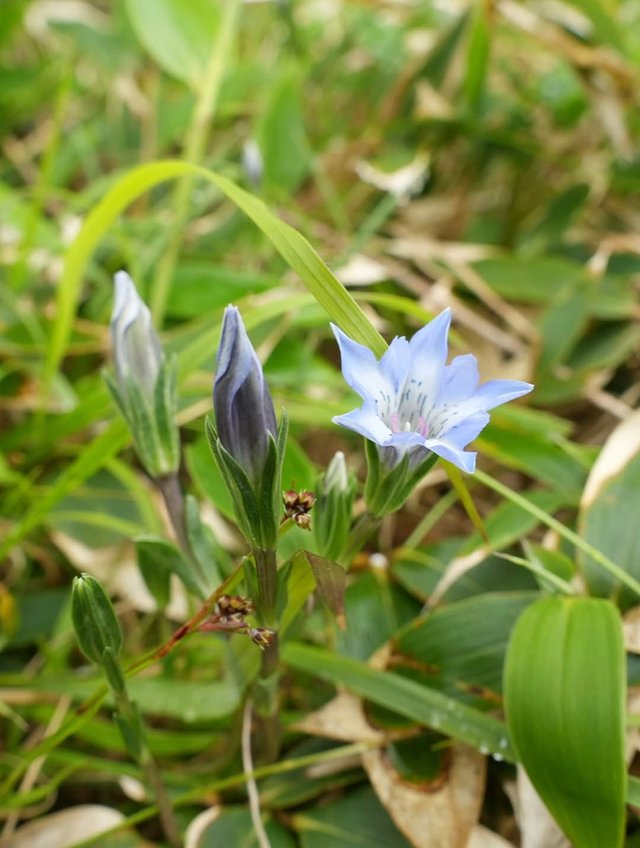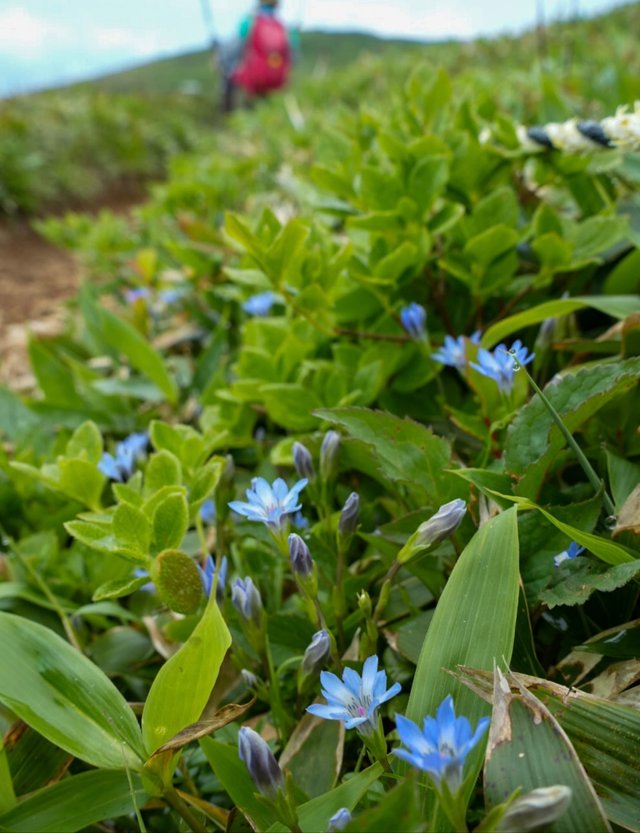Gentiana scabra
Gentiana scabra is a perennial flowering plant it is well known for its striking deep blue to violet trumpet-shaped flowers that bloom in late summer to early autumn and its beauty makes it a popular ornamental plant in gardens the plant typically grows 20 to 50 centimeters tall with erect stems and narrow lanceolate leaves arranged oppositely along the stem the flowers are borne singly or in small clusters at the tips of stems and have five fused petals forming a tubular or bell-shaped corolla that flares open at the mouth often with fine speckling or striping inside the throat Gentiana scabra thrives in cool climates and prefers full sun to partial shade with well-drained slightly acidic soil rich in organic matter.
It is often found growing naturally in meadows mountain slopes and open woodland areas in cultivation it is valued not only for its ornamental qualities but also for its hardiness and ability to add vivid late-season color to gardens the plant requires consistent moisture during the growing season but dislikes waterlogged conditions it is also frost-tolerant making it suitable for temperate and alpine gardens beyond its visual appeal Gentiana scabra has traditional medicinal uses in East Asian herbal medicine where the root has been used for its bitter compounds to stimulate digestion treat liver ailments reduce inflammation and promote overall health the bitterness comes from secoiridoid glycosides such as gentiopicroside which are characteristic of the Gentiana genus the plant also attracts pollinators like bees and butterflies which are drawn to its vivid flowers in Japanese culture.
It is sometimes associated with autumn and is featured in seasonal floral arrangements because of its intense color symbolism and resilience Gentiana scabra continues to be appreciated by gardeners herbalists and nature lovers alike as both a decorative and culturally significant species.




